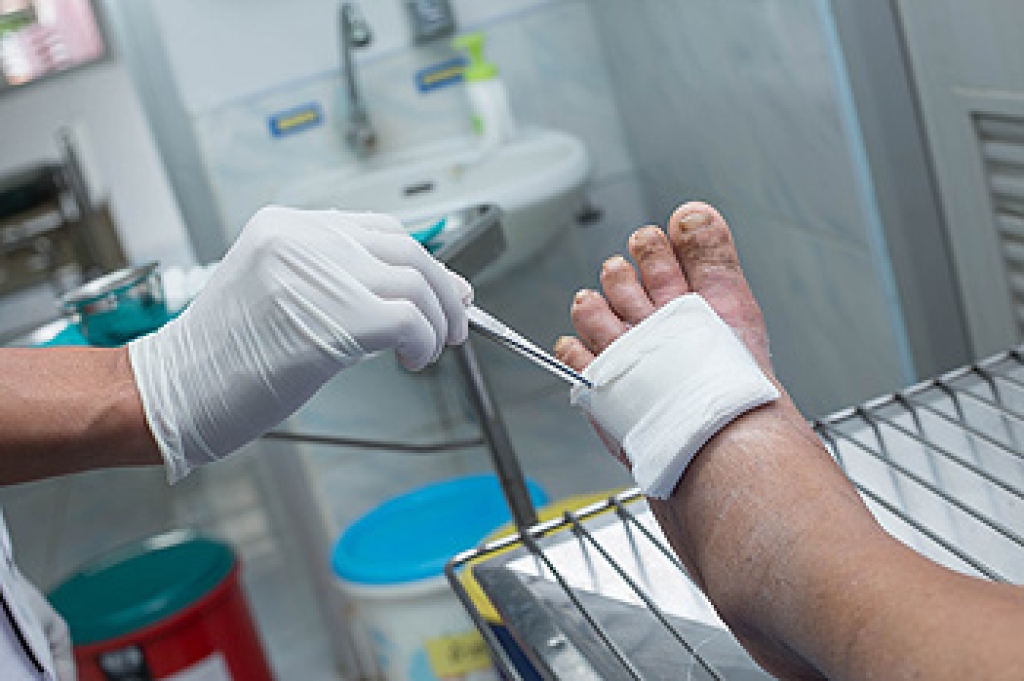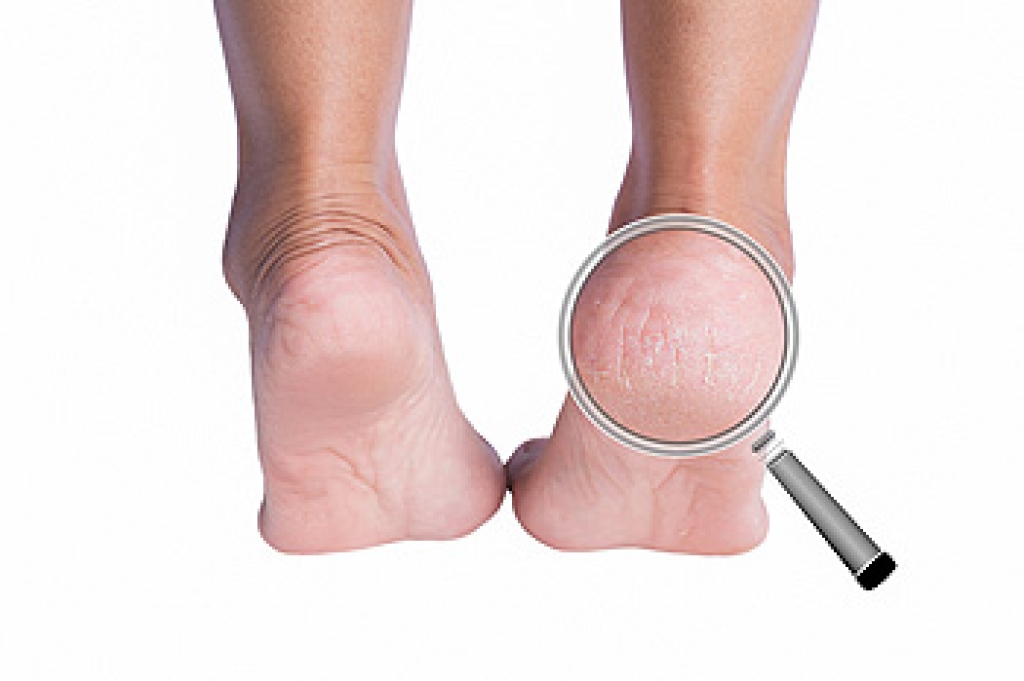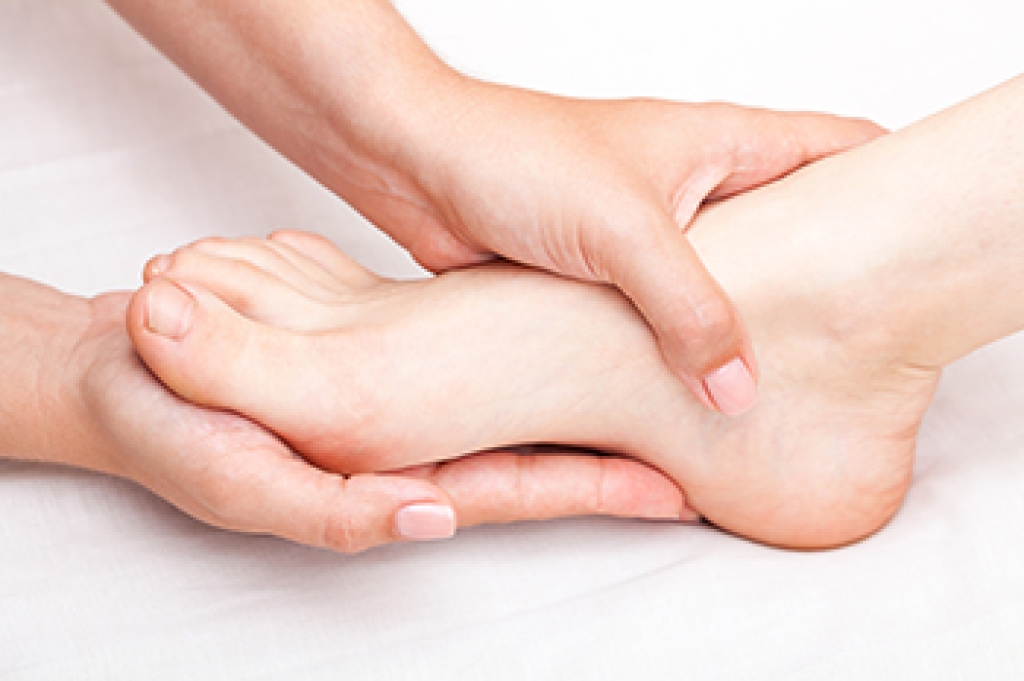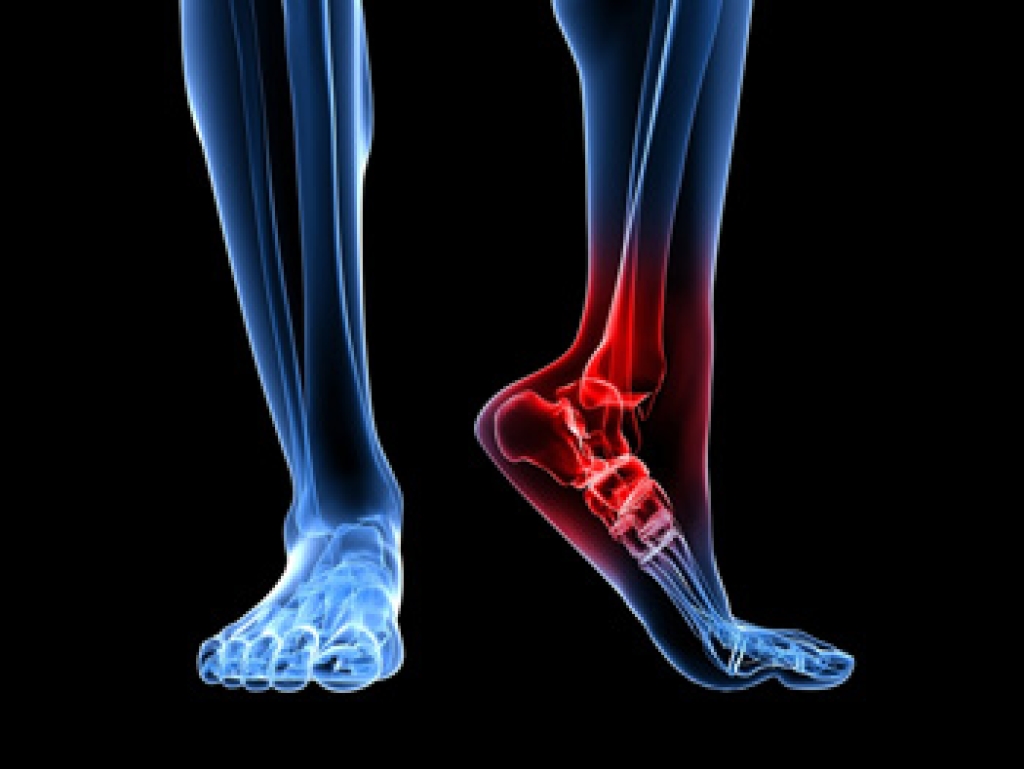 Patients who are diabetic can suffer from foot problems. These can include a variety of ailments, including foot ulcers, neuropathy, and bone deformities. Diabetes can happen as a result of elevated blood sugar levels, and it is important to keep blood sugar levels regulated. Minor cuts, scrapes, and bruises can lead to major complications, and the healing process is often delayed. If a foot ulcer has developed, it is important to keep any weight off of the affected foot, as this can help to accelerate healing. If you are diabetic, it is strongly suggested that you regularly have podiatric visits. Podiatrists can help you to manage this condition and its effects on your feet.
Patients who are diabetic can suffer from foot problems. These can include a variety of ailments, including foot ulcers, neuropathy, and bone deformities. Diabetes can happen as a result of elevated blood sugar levels, and it is important to keep blood sugar levels regulated. Minor cuts, scrapes, and bruises can lead to major complications, and the healing process is often delayed. If a foot ulcer has developed, it is important to keep any weight off of the affected foot, as this can help to accelerate healing. If you are diabetic, it is strongly suggested that you regularly have podiatric visits. Podiatrists can help you to manage this condition and its effects on your feet.
Diabetic foot care is important in preventing foot ailments such as ulcers. If you are suffering from diabetes or have any other concerns about your feet, contact Gabe Rodriguez, DPM from Sioux Falls Foot Specialist. Our doctor can provide the care you need to keep you pain-free and on your feet.
Diabetic Foot Care
Diabetes affects millions of people every year. The condition can damage blood vessels in many parts of the body, especially the feet. Because of this, taking care of your feet is essential if you have diabetes, and having a podiatrist help monitor your foot health is highly recommended.
The Importance of Caring for Your Feet
- Routinely inspect your feet for bruises or sores.
- Wear socks that fit your feet comfortably.
- Wear comfortable shoes that provide adequate support.
Patients with diabetes should have their doctor monitor their blood levels, as blood sugar levels play such a huge role in diabetic care. Monitoring these levels on a regular basis is highly advised.
It is always best to inform your healthcare professional of any concerns you may have regarding your feet, especially for diabetic patients. Early treatment and routine foot examinations are keys to maintaining proper health, especially because severe complications can arise if proper treatment is not applied.
If you have any questions please feel free to contact our office located in Sioux Falls, SD . We offer the newest diagnostic and treatment technologies for all your foot and ankle needs.




